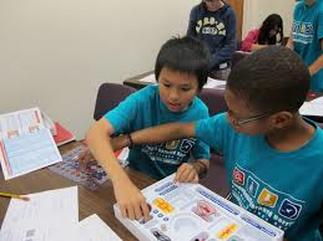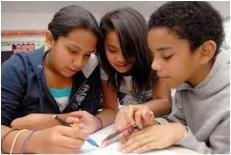Math 3
|
Math Three Critical Focus Areas
|
Module A:
|
Module B:
|
Module C:
|
Module D:
|
Module E:
|
Module F:
|
Module G:
|
Module H:
|
Module I:
|





